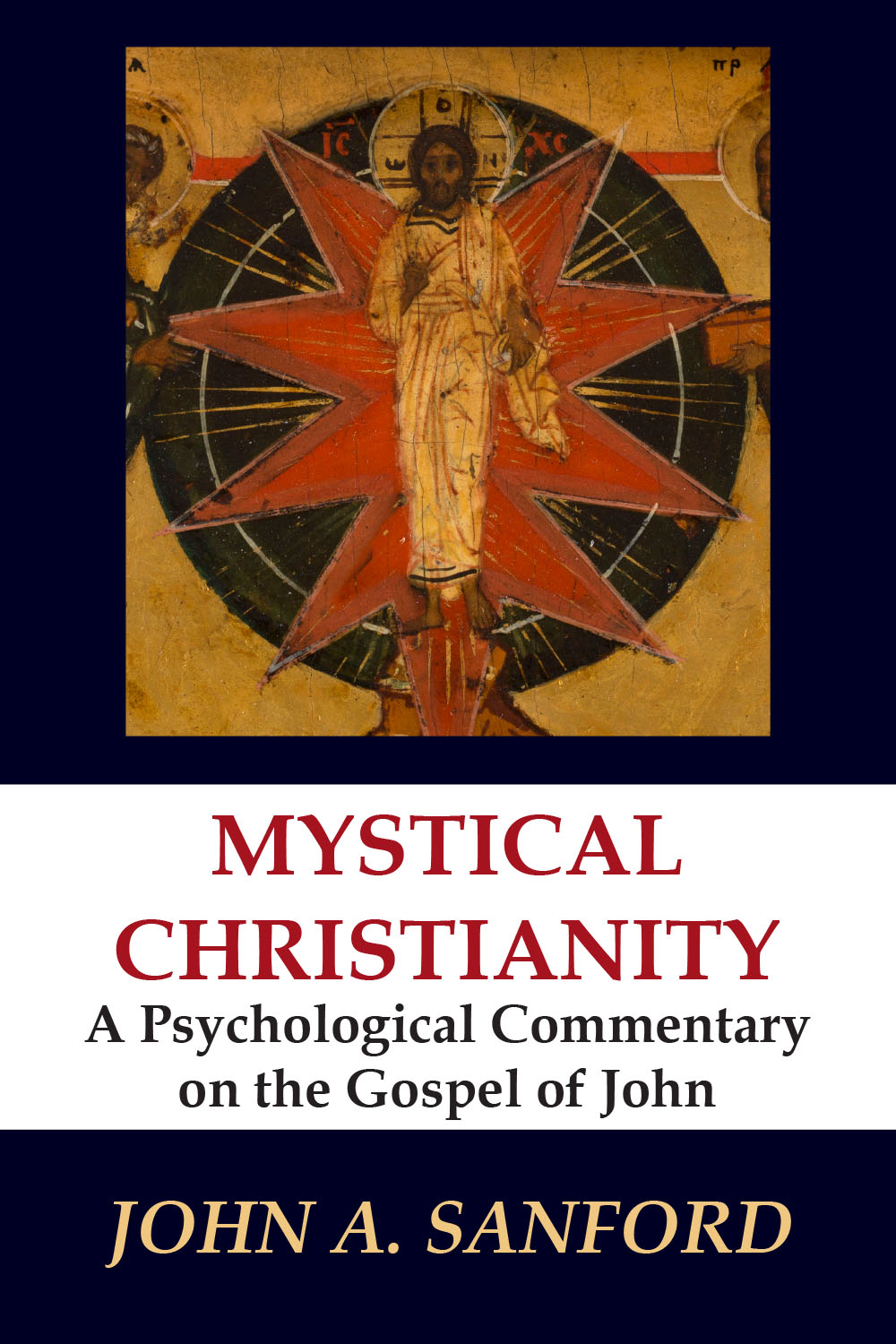- Title: Mystical Christianity
- Subtitle: A Psychological Commentary on the Gospel of John
- Page Count: 360
- Available Formats: Trade-paper (9780824514129)
- Edition: Trade Paper
- Original language: English
- Retail US: Trade-paper (34.95)
- Retail Canada: Trade-paper (38.95)
- Retail Canada: 38.95

